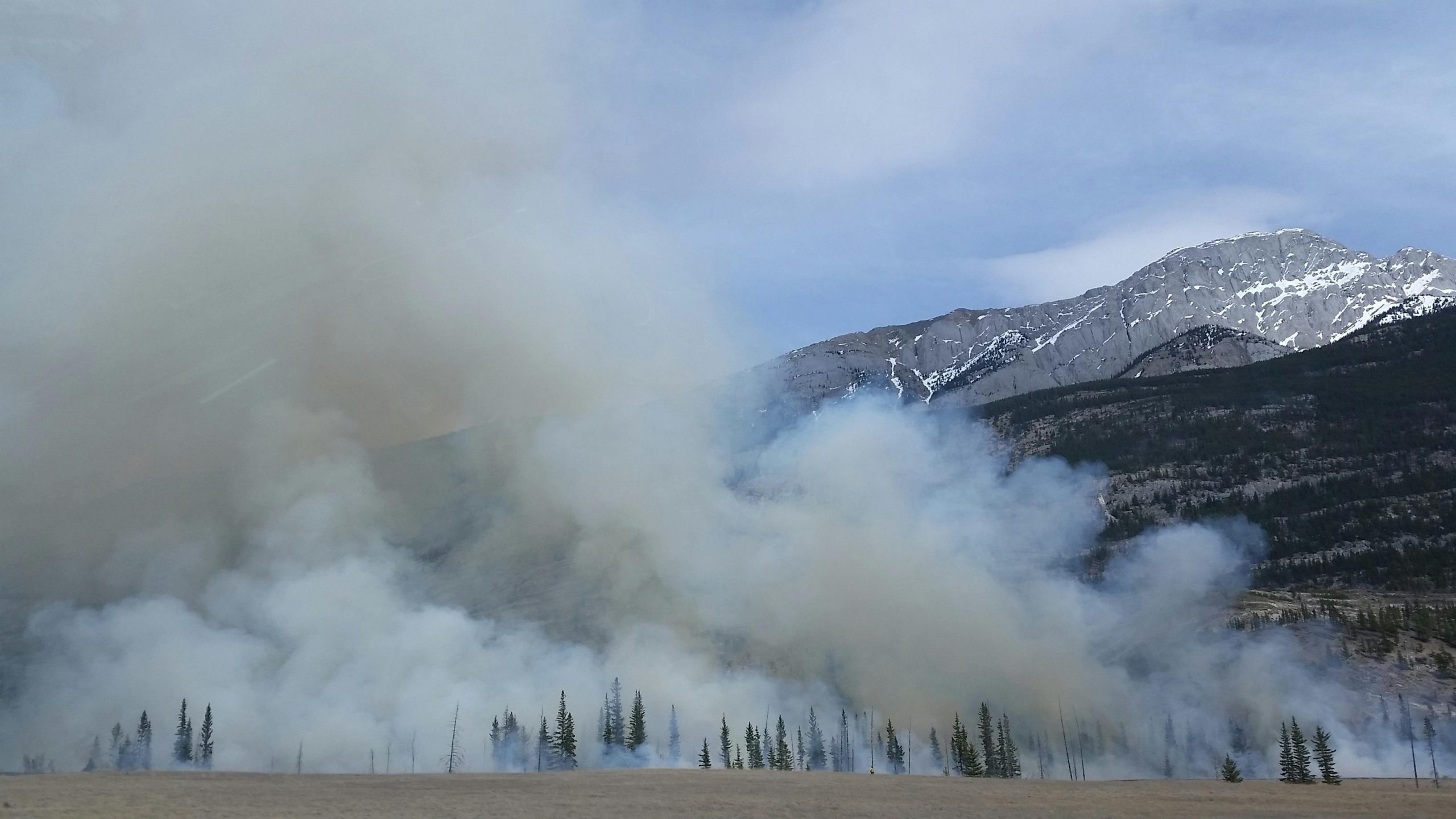Canadian smoke over the Czech Republic: the sun can shine in unusual colours

Smoke from the massive wildfires currently plaguing Canada has moved over the European continent over the past week and could affect the appearance of the morning and evening skies over the Czech Republic on Monday. The sun at sunrise and sunset may have an unusually tinted hue due to the presence of fine dust in the upper atmosphere. However, this does not affect the quality of the air people breathe.
The Czech Hydrometeorological Institute (ČHMÚ) pointed this out on the social network X, which expects the highest concentration of fine dust particles on Monday. In the following days, their quantity should drop significantly. Moreover, thanks to the recent rainy weather, the current air quality in the Czech Republic is rated as very good.
Meteorologists describe the situation as a demonstration of long-range transport of pollution – the fact that pollutants can move thousands of kilometres through the atmosphere. Already on Saturday evening, some people may have noticed the orange colouring of the moon caused by this smoke. Similarly, Monday’s skies can appear cloudy and uncharacteristically coloured, especially in the morning when the smoke is supposed to be at its peak.
The fires, which broke out in May, are spreading through the Canadian provinces of Saskatchewan, Manitoba and Ontario. They have forced the evacuation of thousands of people and disrupted oil production, for example. However, the transmission of smoke to Europe is not unique – particles of Saharan dust and pollution from domestic heating in Poland, for example, have already reached the Czech Republic in the past.
During combustion, harmful substances such as fine dust, carbon monoxide, nitrogen oxides or carcinogenic compounds from the aromatic hydrocarbon group are released into the air. The greatest risk is posed by dust particles, which can penetrate deep into the human respiratory tract. However, if these substances are present in the upper atmosphere, their impact on health is not immediate. They can be perceived more visually – as haze in the sky that can reduce the output of solar panels or slightly affect daytime temperatures.
Photo source: www.pexels.com
Author of this article
WAS THIS ARTICLE HELPFUL?
Support us to keep up the good work and to provide you even better content. Your donations will be used to help students get access to quality content for free and pay our contributors’ salaries, who work hard to create this website content! Thank you for all your support!




OR CONTINUE READING